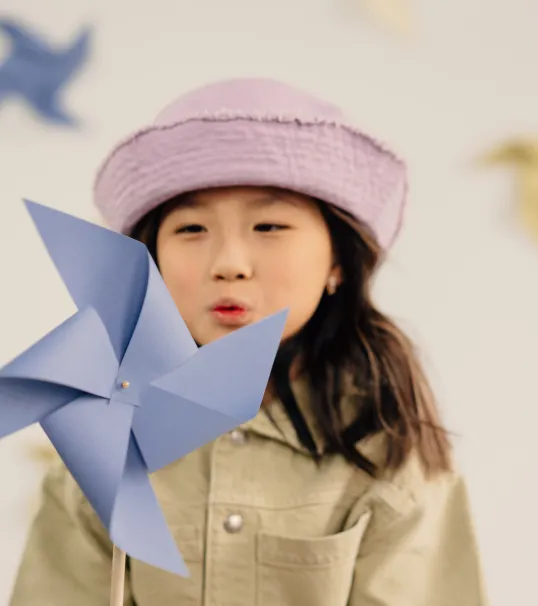
Blue Pinwheels for Prevention
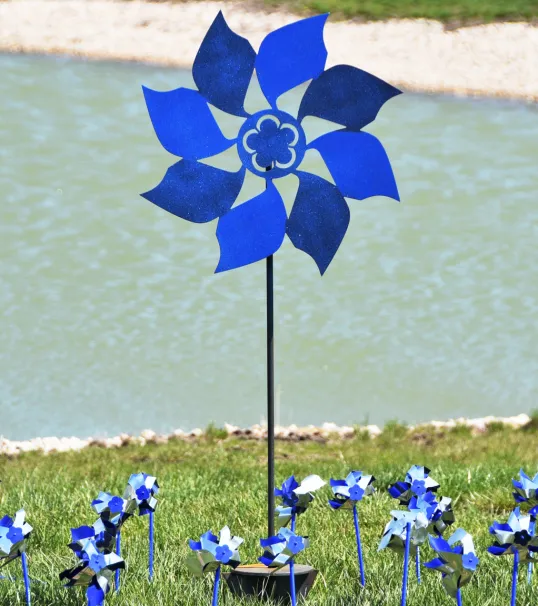
Each April, communities across the country come together to plant thousands of blue pinwheels, a powerful visual symbol of our collective commitment to preventing child abuse and neglect. But what do these blue and silver pinwheels represent?
Blue pinwheels’ meaning is far beyond their bright colour and spinning blades. Introduced in 2008 through the Pinwheels for Prevention campaign by Prevent Child Abuse America, the pinwheel was selected as the national symbol of prevention. It is a visual reminder of the happy, healthy, and carefree childhoods all children deserve. Unlike symbols rooted in tragedy or pain, the pinwheel reflects hope, resilience, and the promise of a safer future for every child.
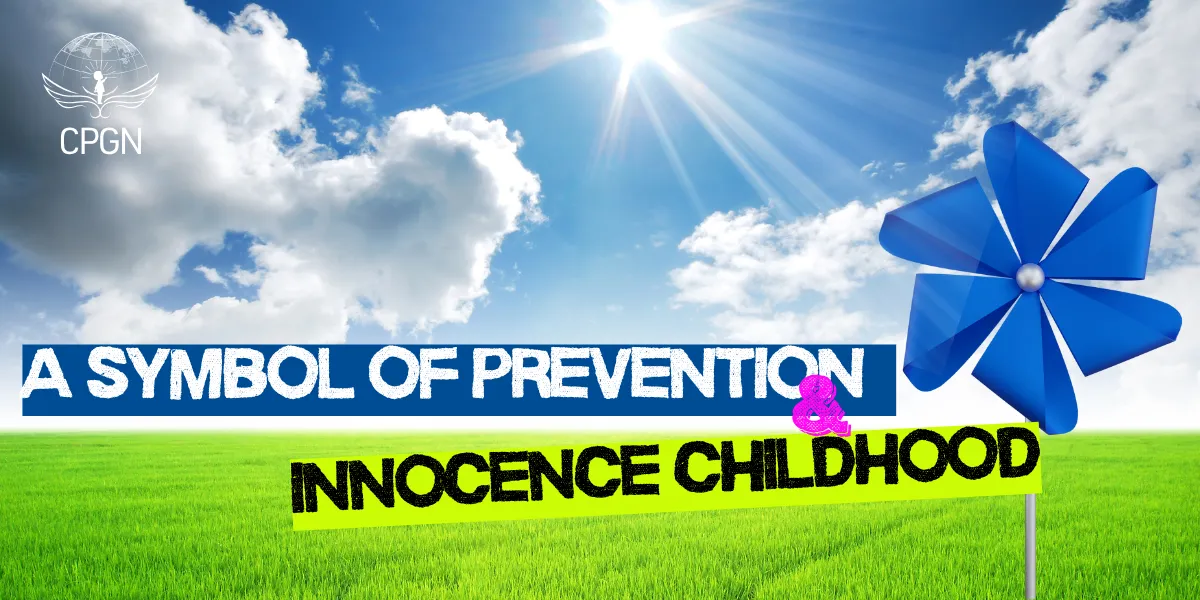
Pinwheels for Prevention: A National Movement to End Child Abuse
The Pinwheels for Prevention campaign is now recognized nationwide during Child Abuse Prevention Month, every April. It promotes awareness around child abuse and neglect while encouraging individuals, communities, and organizations to take action.
Blue pinwheels planted for child abuse prevention have become a signature activity during the month. When seen outside a courthouse, schoolyard, or on the lawn of a local nonprofit, child abuse prevention pinwheels serve as a motivation. They remind us that it is not enough to respond to abuse; we must actively prevent it through strong communities and proactive policies.
Organizations like CASA and DCYF have planted pinwheels for Child Abuse Awareness Month to inspire local involvement. From pinwheel child abuse prevention gardens to educational events, these campaigns raise awareness.
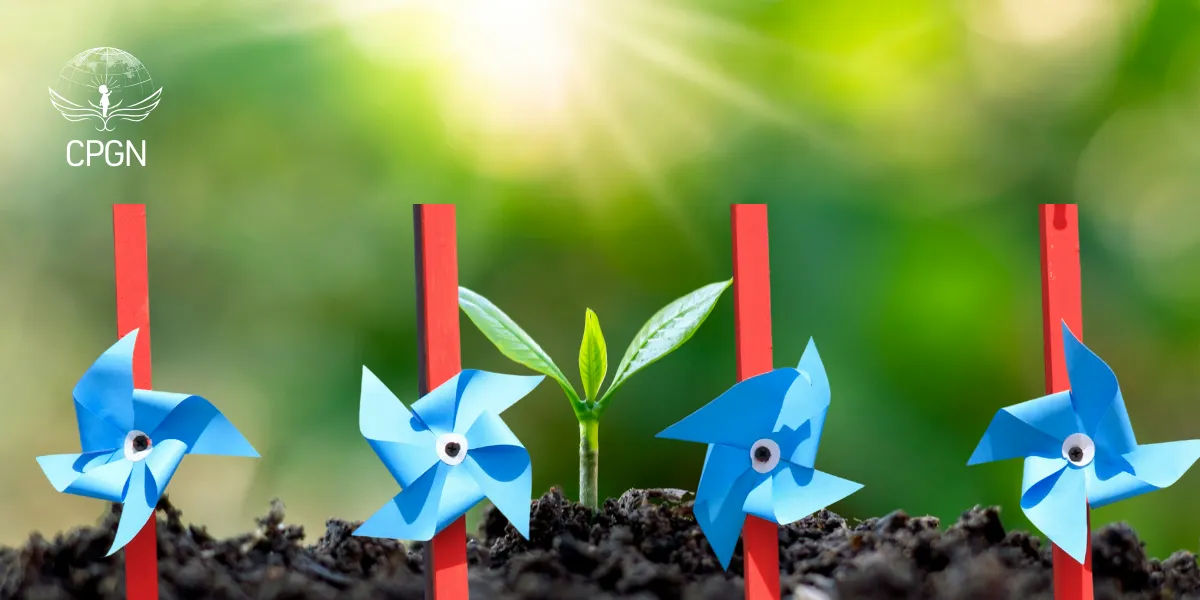
Pinwheel planting is a call to action
Each pinwheel for prevention represents a commitment to creating safe, stable, and nurturing environments for children. In the month of April, families, schools, faith groups, and businesses are encouraged to join the movement by:
- Planting blue and silver pinwheels in visible community spaces
- Hosting events and distributing child abuse awareness pinwheels
- Participating in Wear Blue Day to show solidarity
- Educating others about prevention
These activities start conversations and remind us that child abuse prevention is everyone’s responsibility.
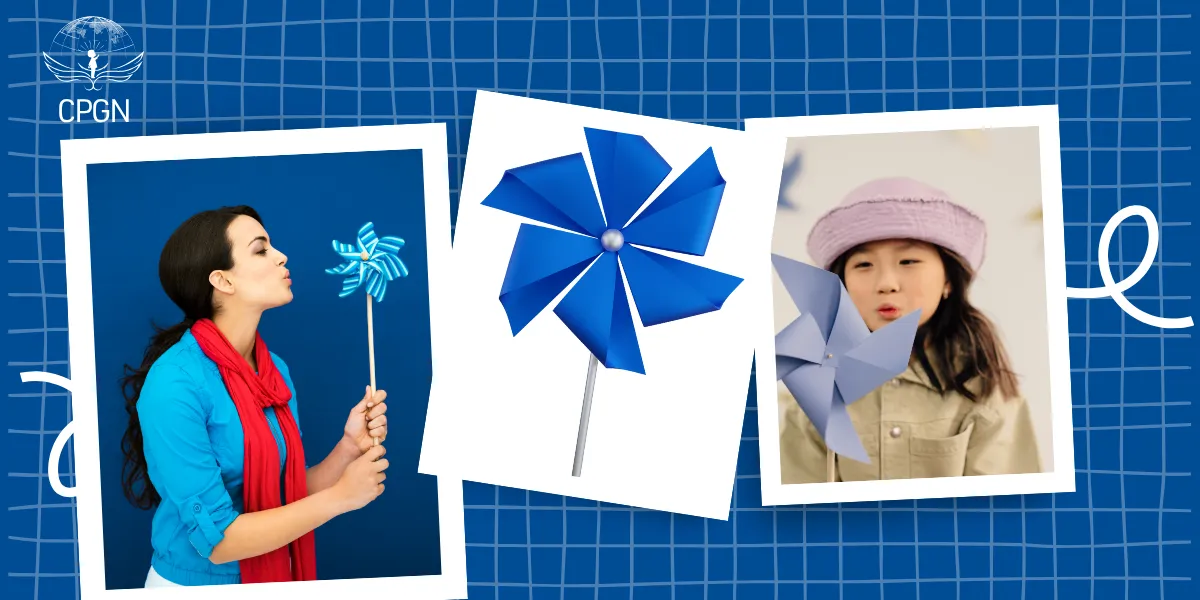
Get Involved: Make a Difference in a Child's Life
As an individual, a local business, or part of a large organisation, you can play a vital role in this worthwhile cause. Here are some ways to support the Pinwheels for Prevention initiative:
- Order pinwheels for your home, school, or organisation
- Sponsor a pinwheel garden in honour of Child Abuse Prevention Month.
- Share social media messages using hashtags like #PinwheelsForPrevention, #CAPMonth, and #ChildAbusePrevention
- Volunteer with your local child advocacy organisation
- Support government policies that prioritise children’s safety and family well-being
By displaying pinwheels for prevention, you’re not just planting a toy in the ground—you’re planting hope and resilience.
Let’s build a world where every child grows up safe, loved, and supported—because everyone deserves a childhood filled with joy, not fear.
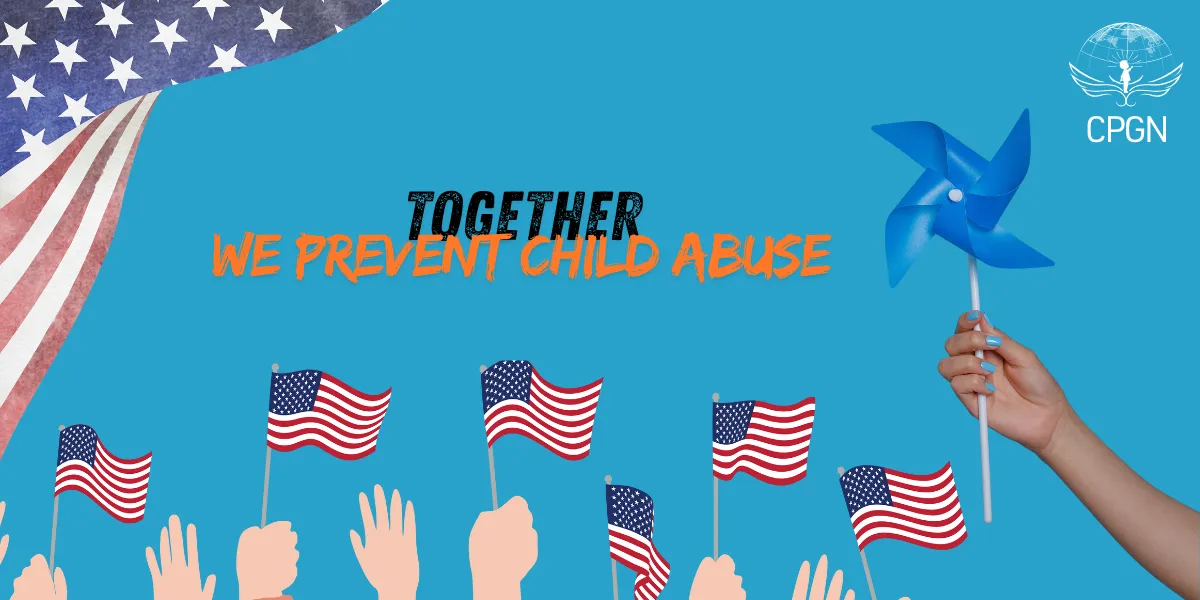
FAQS
Blue pinwheels represent the hope, joy, and carefree childhoods every child deserves. They are the national symbol of preventing child abuse and neglect.
The blue and silver pinwheel symbolizes resilience, safety, and a brighter future for children, reminding us that prevention is possible.
It symbolizes prevention, hope, and the commitment to ensuring all children grow up in safe, stable, and nurturing environments.
People plant pinwheels in their yards, schools, and community spaces during April to raise awareness for Child Abuse Prevention Month and to show their support for building safe communities for children.
The pinwheel is not just a toy, it’s a powerful symbol of prevention. Its bright colors and spinning motion represent the happiness and healthy childhoods we want for all children.
In April, thousands of pinwheels are planted across the U.S. as part of the Pinwheels for Prevention campaign. They create a visual reminder of the collective responsibility to prevent child abuse and neglect.
Pinwheels start conversations, raise awareness, and inspire action. Each one represents a community’s commitment to child safety, resilience, and prevention.
Blue and silver pinwheels are used during Child Abuse Prevention Month to symbolize hope and remind us that all children deserve to grow up in safe and nurturing homes.
Because April is Child Abuse Prevention Month, pinwheels are displayed nationwide to encourage awareness and inspire community action against child abuse.
The pinwheel’s significance lies in its positive message, it reflects joy, resilience, and a vision of a world where children are safe, loved, and supported.
The blue ribbon is another symbol of child abuse prevention, representing awareness and support for children’s safety and well-being.
The color blue is used as the awareness ribbon for child abuse prevention.
The blue ribbon stands for commitment to preventing child abuse and protecting children from neglect and harm.
In this context, blue ribbons are given or displayed to spread awareness of child abuse prevention and show solidarity with children and families.
See a child in danger? If you are in immediate danger, call local emergency services. For guidance from CPGN, Get Help.
CPGN is a 501(c)(3) — donations are tax-deductible where applicable. Our goal is to ensure the safety and protection of every child until it is achieved.
Quick Links
See a child in danger? If you are in immediate danger, call local emergency services. For guidance from CPGN, Get Help.
CPGN is a 501(c)(3) — donations are tax-deductible where applicable. Our goal is to ensure the safety and protection of every child until it is achieved.
Copyright © 2025 CPGN. All rights reserved by Majnate LLP | Privacy Policy | Terms and Conditions

